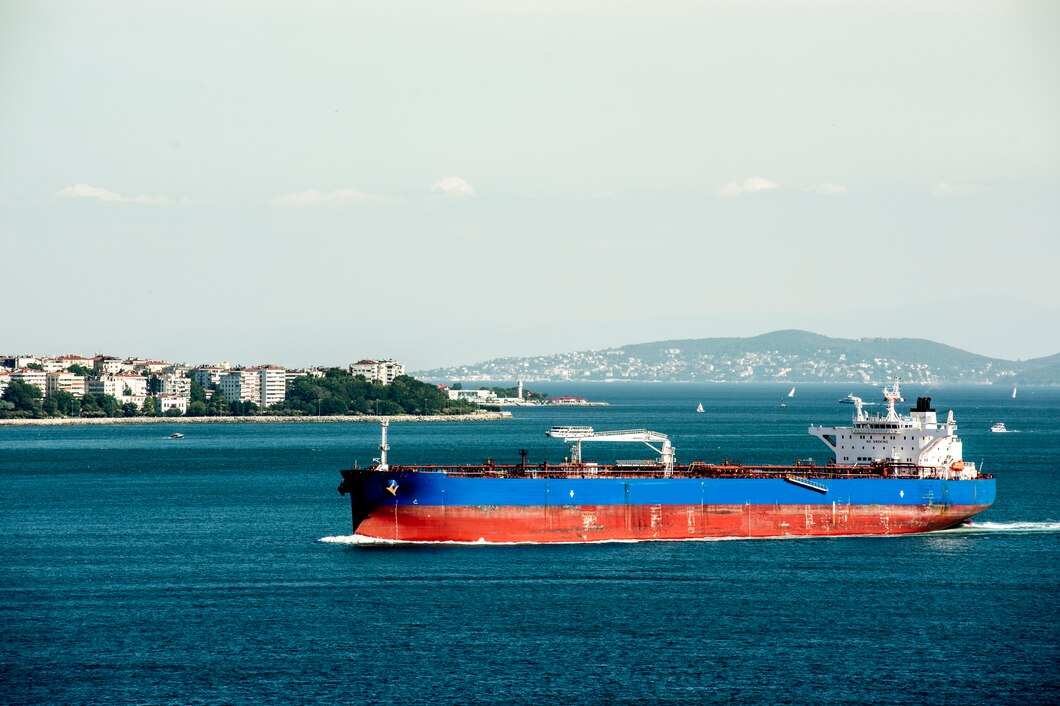As shipping decarbonizes, methanol is gaining ground as a practical, cleaner marine fuel. It’s easy to handle, compatible with existing infrastructure, and when produced from biomass or renewables, offers significant well-to-wake (WtW) GHG reductions.
Bio-methanol, in particular, is already in use, with bunkering operations reported in major ports like Rotterdam and Singapore. Regulatory incentives under the EU ETS, FuelEU Maritime, and IMO’s upcoming GHG measures further boost its appeal. Certified bio-methanol can count as zero-emission under these schemes, helping shipowners cut carbon costs and meet CII targets.
Big names are investing in methanol-fueled ships, while cargo owners seek greener supply chains. Still, challenges remain: supply is limited, costs are high, and global infrastructure is developing.
One technical consideration is methanol’s lower energy density, about half that of marine gas oil (MGO). This means ships need larger fuel tanks or more frequent bunkering to maintain range. However, for short-sea trades or vessels designed for methanol, this trade-off is manageable, especially given methanol’s safety profile and emissions benefits (low NOₓ, zero SOₓ, and no particulate matter).
Despite the hurdles, methanol is firmly on the radar—offering a scalable, compliant path for low-emission shipping, especially as regulations tighten and sustainability expectations grow.

